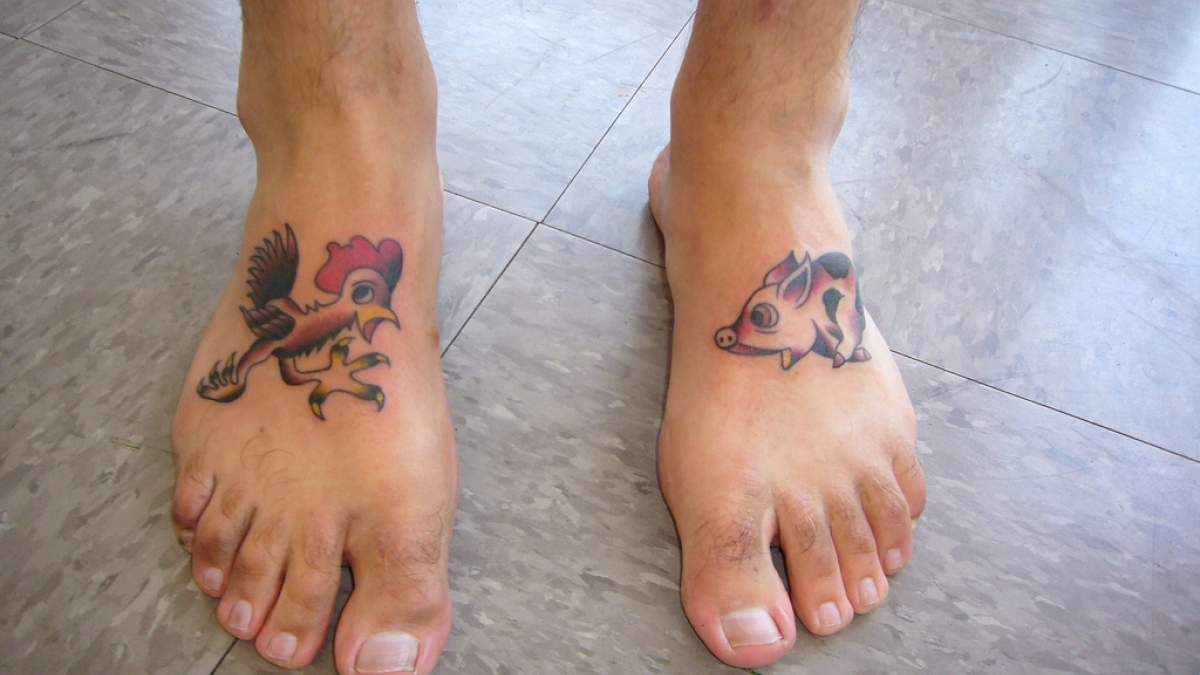
Turning a Chicken Into a Pig
I recently went through Mike Cohn’s Scrum Product Owner training. I was a little worried I wouldn’t learn too many new things since we have already read all three of Cohn’s books. Mike, however, did not disappoint.
I originally listed several take aways from the training in this post. Then realized it was too long and that many of the take aways were a post unto themselves. So my plan is to cover each one as a separately.
1. 21st century Product Owners are now pigs
Scrummers like to talk about chickens and pigs. This comes from an old joke.
A chicken and a pig are walking down the road and the chicken says to the pig, "Hey, I have a great business idea for us. We should open a restaurant!" "Great idea," says the Pig, "What are we going to call it?" The chicken replies, "We'll call it 'Ham-n-Eggs!'” The pig thinks for a minute and says, "No thanks. You would just be involved, but I would be committed."
In Scrum, the team are pigs. (Because we keep feeding them two pizzas?) They are committed. The client, stakeholders and management are the chickens. The chickens have their say during planning but once the team enters the sprint time box, the chickens need to leave the team alone.
Historically, the product owner is not a part of the team and is therefore a chicken. However, if the product owner is the single wringable neck (a phrase Mike does not necessarily like) it seems that they are committed.
Additionally, software development in the world of web time must move faster than things did in the grand old 90’s when Scrum was first used. More input is needed from product owners more often.
Mike Cohn's recommendation for 21st century product owners is that they be considered part of the team. They should answer the "what have you done," "what will you do" and "what is impeding you" questions at the daily stand-ups, even if it is just to give the team a heads-up about what is in planning or coming down the pipe (the backlog in Scrum vernacular).
However, this does not mean that product owners have a license to creep, as in feature creep, during the sprint. The ScrumMaster needs to filter any guidance product owners give during the sprint for new features. Guidance on features on the sprint backlog is desired, guidance that dramatically diverges from the discussions during backlog grooming and sprint planning are not.
At LevelTen this is all academic. Our product owners have still have their site building and marketing chops, so they get their hands dirty as a part of the team. But it does settle an argument from a few months ago (I lost) and will be useful as the teams grow.
Happy Scrumming
photo credit: http://www.flickr.com/photos/buro9/222616658

